Top 25 Technology Trends for 2025 You Shouldn’t Miss:The technology landscape for 2025 is a dynamic panorama of innovation, disruption, and opportunity. Technologies like generative AI, quantum computing, and multisensory AI are moving from groundbreaking research into practical reality, transforming industries and daily life. If you’re a business leader, tech enthusiast, or everyday user, staying updated on these trends is no longer optional—it’s vital for career, business, and personal growth.
The velocity at which these trends are being adopted also means the digital divide is widening between those who embrace these technologies and those who resist. From AI-powered decision-making systems to immersive digital experiences, the world is not only changing rapidly, it is being rebuilt. Whether you want to invest wisely, upskill, or future-proof your organization, recognizing what’s trending—and understanding its implications—gives you a competitive edge in the fast-evolving digital world.
Table of Contents
- Introduction
- Why Following Technology Trends Is Crucial
- The Top 25 Technology Trends for 2025
- Comparative Table: Key Data from the Top 25 Technologies
- How to Catch Up and Capitalize on the Latest Tech Trends
- Top 10 Trending Tech FAQs (2025)
- Conclusion
Why Following Technology Trends Is Crucial
1. Anticipate Industry Disruption: Adopting these technologies early allows businesses to avoid obsolescence and outpace competitors. Leaders who monitor tech disruptions often become pioneers in new market segments.
2. Career & Skill Development: Professionals prepared for change have higher job security and more lucrative roles. Upskilling in AI, data science, cybersecurity, or immersive tech can lead to exponential career growth.
3. Investment & Strategic Growth: Understanding which trends are likely to scale can inform better investment and digital transformation strategies. For instance, investing in AI and blockchain solutions can offer both immediate and long-term ROI.
4. Societal Impact: Tech trends shape society—from how we work and communicate, to how we safeguard privacy and sustainability. Ethical implications, digital rights, and accessibility are increasingly tied to emerging innovations.
The Top 25 Technology Trends in 2025
1. Generative AI
Introduction: Generative AI (GenAI) models like GPT-4o, Gemini 1.5, and DALL-E 4 create new content—text, images, code, and audio—indistinguishable from human output.
Impact on Society: Democratizes creativity, automates content generation, and transforms industries like entertainment, education, and finance.
Market Size & Growth: Estimated at $90.9B in 2025, projected to top $669.5B by 2032 (33% CAGR).
Key Developments:
- Context-aware, human-like dialogue
- Multimodal content generation (text, image, video)
- AI writing assistants, content production at scale
Opportunities & Use Cases:
- Personalized marketing/education
- AI content agencies
- AI-assisted coding, game development
- Google’s Gemini Robotics On-Device AI: The Future of Robots Without the Cloud
2. Agentic AI (Autonomous Agents)
Introduction:Agentic AI refers to AI systems (like AutoGPT, AgentGPT) that autonomously perform tasks, make decisions, and interface with digital environments.
Impact on Society: Eliminates repetitive administrative tasks, scales productivity, and enables autonomous research and optimization.
Key Developments:
- Intelligent workflow agents
- Task delegation without human input
Use Cases:
- Automated research
- Calendar/email management
- Data analysis and business strategy
- Top 15 AI Vibe Coding Tools of 2025: Build Apps 10x Faster
3. Multimodal AI
Introduction: Multimodal AI combines text, image, audio, and video processing in one model.
Impact: Revolutionizes user interfaces and accessibility, making AI more adaptable to real-world data.
Use Cases:
- AI-powered design and analytics
- AI tutors that understand diagrams
- Diagnostic tools combining visual and text data
4. Quantum Computing
Introduction: Quantum computers process information at exponentially faster rates than classical computers.
Impact: Transformational for logistics, pharma, encryption, and financial modeling.
Market Size: $0.93B in 2022, projected over $4B by 2030.
Key Developments:
- Error-corrected qubits
- Quantum cloud services
Use Cases:
- Cryptography and security
- Drug discovery and optimization
5. 5G and 6G Expansion
Introduction: 5G offers ultra-fast, low-latency mobile connectivity; 6G is in R&D phase.
Impact: Drives innovation in smart cities, autonomous transport, remote healthcare.
Use Cases:
- Metaverse access
- Smart factories
- Real-time medical diagnostics
6. Virtual Reality (VR) 2.0
Introduction: VR is evolving from niche gaming gear to an immersive ecosystem supporting education, design, and professional collaboration. VR 2.0 brings ergonomic improvements, wider content support, and higher realism.
Impact: Organizations now leverage VR to train employees, simulate real-world conditions, and develop engaging customer experiences.
Key Developments:
- Wireless, lightweight VR headsets
- Integration with AI for immersive learning
- Haptic feedback gloves and spatial audio
Use Cases:
- Virtual onboarding and skills training
- Immersive architecture walkthroughs
- Therapy for PTSD and phobias
- What Is Metaverse – Full Information
7. Augmented Reality (AR)
Introduction: AR overlays digital content onto the real world using phones, glasses, or AR contact lenses. It’s becoming increasingly relevant in education, retail, and repair services.
Impact: AR bridges the physical-digital gap, enhancing visual communication and reducing errors in manual work.
Developments:
- Apple Vision Pro, Meta and Google AR platforms
- AR in sports broadcasting and live events
Use Cases:
- Interactive shopping and try-before-you-buy apps
- On-site equipment diagnostics
- Immersive learning tools
8. Edge AI & Edge Computing
Introduction: Edge computing performs AI tasks on local devices rather than centralized servers, ensuring faster, secure processing.
Impact: Reduces latency, enhances privacy, and ensures continuous operation, even offline. It’s a key enabler of real-time decision-making.
Growth:Fueled by the explosion of IoT and privacy-centric applications.
Use Cases:
- Smart traffic lights and industrial sensors
- Voice assistants in appliances
- Surveillance systems with local analytics
9. Internet of Things (IoT)
Introduction:IoT connects physical objects with embedded sensors to the internet, enabling data exchange and automation.
Impact: Transforms how we monitor systems, control environments, and optimize processes across homes, cities, and industries.
Key Developments:
- Integration with 5G for real-time control
- Expansion into agriculture and logistics
Use Cases:
- Predictive maintenance in manufacturing
- Smart homes and energy grids
- Wearables for health monitoring
- What is the IoT (Internet of Things) – A Complete Guide for Beginners
10. Blockchain Technologies
Introduction:Blockchain ensures decentralized, immutable data storage, extending far beyond cryptocurrency into enterprise and government use cases.
Impact: Enhances transparency, trust, and traceability across sectors like finance, logistics, and identity management.
Trends:
- Rise of enterprise blockchain solutions
- Smart contract auditing tools
- Blockchain Technology – The New Era for Crypto
Use Cases:
- Supply chain authentication
- E-voting and ID verification
- Tokenized assets and DeFi platforms
11. Personalized Medicine (AI in Healthcare)
Introduction: AI is enabling hyper-personalized medicine, helping practitioners diagnose, treat, and predict diseases based on individual health data.
Impact: This technology reduces healthcare costs while improving treatment outcomes and early detection of chronic conditions.
Key Developments:
- Predictive modeling for disease prevention
- Personalized drug therapies
- AI-integrated health apps
Use Cases:
- Cancer treatment customization
- Genetic analysis for rare disease diagnosis
- Early risk detection for chronic illnesses
12. Neuromorphic Computing
Introduction: Inspired by how the human brain works, neuromorphic chips use less energy and enable real-time learning, making them ideal for robotics and edge AI.
Impact:Neuromorphic systems are expected to revolutionize the development of intelligent, low-power devices that adapt like biological systems.
Key Developments:
- Event-driven sensors
- Brain-mimicking architectures
Use Cases:
- Adaptive robotics
- Wearable AI
- Advanced prosthetics
13. Green Energy Innovations
Introduction: Tech-driven innovations are revolutionizing how we generate and store clean energy—from solar and wind to next-gen batteries and smart grids.
Impact: Green energy innovations are essential to combat climate change and reduce global dependence on fossil fuels.
Trends:
- AI-managed smart grids
- Solid-state and sodium-ion batteries
Use Cases:
- Residential solar storage systems
- EV fleet optimization
- Renewable microgrids for rural areas
14. Wearable & Implantable Health Tech
Introduction: Health technology is moving beyond smartwatches into implantable sensors and always-on biometric monitoring tools.
Impact: These devices empower proactive health management and are increasingly tied to personalized treatment plans and insurance rewards.
Trends:
- Continuous glucose monitors
- Heart rate and oxygen saturation implants
Use Cases:
- Remote post-surgery monitoring
- Real-time fitness and recovery tracking
- AI-assisted emergency alerts
15. Extended Reality (XR) for Training
Introduction: Extended Reality (XR) blends VR, AR, and MR to create immersive simulations for learning, upskilling, and process training.
Impact: Reduces costs and risks associated with physical training environments, especially in high-stakes fields.
Trends:
- AI-led virtual trainers
- Haptic-enabled XR kits
Use Cases:
- Surgical practice in med schools
- Aviation and aerospace training
- Safety drills for field engineers
16. Voice-Activated and Conversational AI
Introduction: Voice AI interfaces are no longer limited to smart speakers. With advancements in natural language processing and multilingual support, conversational AI is becoming a core layer of modern human-computer interaction.
Impact: Enables inclusive, hands-free access to services for users with disabilities, and improves customer experiences across apps, phones, and devices.
Key Developments:
- Real-time speech-to-text with emotion recognition
- AI assistants capable of long-form, contextual conversation
Use Cases:
- Voice-based banking and e-commerce
- Multilingual customer support
- Virtual medical consultation
17. Space Technologies & Tourism
Introduction: Space is the next frontier for commercial innovation, driven by reusable launch systems, private satellites, and tourism initiatives.
Impact: Creates new economies around low-Earth orbit (LEO) operations, global internet connectivity, and space travel.
Trends:
- Starlink and global satellite broadband
- Commercial space tourism flights
Use Cases:
- Earth observation for agriculture and climate tracking
- Space station logistics and hospitality
- Asteroid mining research
18. Synthetic Media &Deepfakes
Introduction: Synthetic media uses AI to generate hyper-realistic visuals, voices, or video that mimic real people or scenarios.
Impact: While powerful for marketing, entertainment, and creativity, deepfakes also raise ethical concerns around misinformation and digital identity.
Trends:
- AI-generated influencers and spokespeople
- Synthetic news anchors and education content
Use Cases:
- Low-cost branded videos
- Personalized advertisements
- Virtual content creators for YouTube and TikTok
19. Advanced Robotics
Introduction: Next-gen robotics integrates machine learning, mobility, and sensing to perform complex, adaptable tasks in dynamic environments.
Impact: Robots are evolving from rigid machines to intelligent coworkers in logistics, hospitality, and healthcare.
Key Developments:
- Humanoid robots with AI-driven gestures
- Collaborative robots (cobots) for factories
Use Cases:
- Warehouse automation
- Elderly care assistance
- Restaurant cooking and delivery bots
20. AI in Cybersecurity
Introduction:Cyberattacks are becoming more sophisticated. AI helps detect threats, automate responses, and secure endpoints in real time.
Impact: AI-powered cybersecurity tools can identify patterns and block zero-day exploits faster than traditional methods.
Trends:
- Predictive threat modeling
- Automated incident response platforms
- How to Become a Cybersecurity Specialist
Use Cases:
- Fraud detection in banking
- Real-time protection for enterprise cloud systems
- Behavioral biometrics for user authentication
21. Digital Twins
Introduction: Digital twins are virtual replicas of physical systems that allow real-time monitoring and simulation.
Impact: Industries use them to optimize performance, reduce downtime, and test changes without real-world risk.
Key Developments:
- Integration with IoT sensors
- Cross-platform visualization engines
Use Cases:
- Predictive maintenance in factories
- Urban infrastructure planning
- Patient monitoring in smart hospitals
22. Sustainable Technology Solutions
Introduction: Sustainable tech focuses on minimizing environmental impact through circular economy models and eco-efficient design.
Impact: It is driving corporate responsibility and consumer preference, especially among eco-conscious buyers.
Trends:
- Biodegradable electronics
- Modular and upgradable hardware
Use Cases:
- E-waste reduction programs
- Green packaging and 3D printing
- Low-power data centers
23. Telemedicine & Remote Health Monitoring
Introduction: Post-pandemic, healthcare has embraced virtual care supported by AI diagnostics and wearable data.
Impact: Improves care access in rural areas, lowers treatment costs, and supports continuous monitoring.
Key Developments:
- AI triage bots
- Home-use diagnostic devices
Use Cases:
- Virtual therapy and mental health platforms
- Chronic disease management via mobile apps
- Remote ICU supervision
24. Nano-Technology & Nano-AI
Introduction: Nanotech fused with AI opens new frontiers in medicine, energy, and material science.
Impact: Allows atom-level control for diagnostics, drug delivery, and efficient production methods.
Key Developments:
- AI-powered nanosensors
- Smart materials and coatings
Use Cases:
- Targeted cancer therapies
- Water purification systems
- Self-healing surfaces
25. AI TRiSM (Trust, Risk, and Security Management)
Introduction: AI TRiSM ensures AI is deployed responsibly, reducing risks tied to bias, security, and regulatory compliance.
Impact: As AI becomes more embedded in critical systems, organizations must prove they can govern and audit their AI models.
Key Areas:
- Model explainability
- Compliance with GDPR, AI Act
- Ethics-driven development frameworks
Use Cases:
- Financial institutions validating risk models
- Enterprises ensuring AI fairness and transparency
- Healthcare providers securing AI diagnosis tools
Comparative Table: Key Data from the Top 25 Technologies
| Technology | Major Impact Area | Global Market Size (2025) | Projected Growth | Notable Use Case | Key Opportunity |
| Generative AI | Content, Automation | $90.9B | 33% CAGR | AI content creation | Creative industries, marketing |
| Agentic AI Agents | Productivity, Processes | – | Rapid | Automated workflows | Startup operations, virtual workforce |
| Multimodal AI | Accessibility, UX | – | High | Visual + voice-enabled support | Healthcare, education, design tools |
Quantum Computing |
R&D, Security | $1B+ | 29%+ CAGR | Molecular modeling, encryption | Pharma, finance, logistics |
| 5G and 6G | Networks, IoT | $900B+ (5G) | Sustained | Smart city infrastructure | Edge devices, immersive tech |
| VR 2.0 | Learning, Simulation | $60B+ | High | Therapy, industrial training | Metaverse-ready education |
| Augmented Reality (AR) | Retail, EdTech | $95B | Strong | AR product previews | Immersive shopping, field support |
| Edge AI & Edge Computing | IoT, Privacy | $62B est. | 20% CAGR | Real-time analytics at edge | Autonomous vehicles, surveillance |
Internet of Things (IoT) |
Automation, Monitoring | $1.5T+ | Rapid | Industrial asset tracking | Smart homes, agriculture, logistics |
| Blockchain Technologies | Finance, Identity | $94B by 2027 | Strong | Smart contracts | Digital ID, supply chain security |
| Personalized Medicine | Healthcare | $100B+ by 2028 | Rapid | Predictive diagnostics | Genetic therapy, chronic care |
| Neuromorphic Computing | AI Hardware | Early stage | High potential | Adaptive robotics | Brain-inspired chips, IoT edge learning |
| Green Energy Innovations | Sustainability | $1.7T+ (clean energy) | Accelerating | Smart battery storage | Climate tech, smart grid solutions |
| Wearables& Implants | Health Monitoring | $174B | +25% CAGR | Continuous glucose monitoring | Insurance-integrated health tools |
| XR for Training | Workforce Development | $40B (2027 est.) | Strong | Medical and aviation simulation | VR corporate upskilling |
| Voice/Conversational AI | Interfaces, Automation | $26B (2025 est.) | High | Virtual assistants, translation | Accessibility, multilingual support |
| Space Tech & Tourism | Satellite, Travel | $1T+ est. space economy | Growing | Space flights, Earth observation | Satellite internet, private launches |
| Synthetic Media &Deepfakes | Media, Creativity | – | High | AI-generated videos | Edutainment, digital branding |
| Advanced Robotics | Industry/Services | $170B | 20% CAGR | Robot waiters, warehouse bots | Healthcare, logistics |
| AI in Cybersecurity | Security, Infrastructure | $154B by 2030 | +15% CAGR | Threat detection | Banking, national defense |
| Digital Twins | Infra, Manufacturing | $50B (2026 est.) | +30% CAGR | Factory performance simulation | Smart cities, healthcare facilities |
| Sustainable Tech Solutions | Green Innovation | – | Growing | Eco-friendly materials | Circular economy, low-impact hardware |
| Telemedicine & Remote Monitoring | Healthcare, Accessibility | $460B | 18% CAGR | Virtual doctor consults | Chronic care, mental health outreach |
| Nano-Tech & Nano-AI | Health, Energy | $126B | +13% CAGR | Smart drug delivery | Clean energy, industrial nano-systems |
| AI TRiSM | Governance, Compliance | N/A | Compliance-driven | AI auditing tools | Trust, fairness, regulation |
How to Catch Up and Capitalize on the Latest Tech Trends
1. Continuous Learning
Stay updated with platforms offering expert-led tech courses:
- Coursera – Certifications in AI, cybersecurity, blockchain, and quantum computing
- edX – University-backed courses in sustainability, data science
- DeepLearning.AI – Specialized in cutting-edge AI and machine learning skills
- [YouTube Channels] – “Two Minute Papers,” “Tech with Tim,” “ColdFusion”
2. Attend Tech Events & Conferences
Global and local events help you network and get real-time insights:
- CES, Web Summit, TechCrunch Disrupt
- Local meetups (check Meetup.com)
- Industry webinars and virtual summits
3. Join Online Communities
Collaborate, ask questions, and share ideas:
- Reddit (r/Futurology, r/technology, r/Artificial)
- Slack groups like AI Exchange
- GitHub repos to contribute and observe codebases
4. Experiment and Build
Hands-on experience is the fastest way to learn:
- Try open-source tools like LangChain, AutoGPT, or HuggingFace
- Use free AI APIs from OpenAI, Cohere, or Google
- Build small projects: voice bots, AI resume analyzers, crypto dashboards
5. Track Tech News & Insights
Subscribe to reliable newsletters and blogs:
- Benedict Evans, Stratechery, The Hustle
- MIT Technology Review, Wired, TechCrunch
- AI Daily Digest, TLDR Newsletter
6. Identify Use Cases in Your Niche
Tech is only useful if applied. Explore where innovation meets ROI:
- Are you in logistics? Test IoT and robotics
- Are you in healthcare? Use telemedicine platforms
- Are you in media? Explore synthetic media or AI content editors
7. Understand Regulations & Ethics
Being tech-savvy also means staying compliant and responsible:
- Study GDPR, EU AI Act, and AI governance frameworks
- Follow organizations like IEEE, World Economic Forum AI Council
Top 10 Trending Tech FAQs (2025)
1. What’s the hottest technology trend in 2025?
Generative AI and agentic AI are dominating 2025. Together, they enable autonomous operations and create content that feels truly human.
2. How will quantum computing affect businesses?
Quantum computing will transform R&D, optimize logistics, and break current encryption models, making it essential for sectors like finance and pharma.
3. Will AI replace jobs or create more?
AI will automate repetitive roles but create entirely new professions in AI ethics, prompt engineering, AI management, and system auditing.
4. Is 5G or 6G better, and are they available yet?
5G is widely deployed in 2025. 6G is in experimental stages but promises exponentially faster speeds.
5. How secure is blockchain for real-world use?
While blockchain is secure by design, risks remain in smart contract bugs and governance. Verification layers and audits improve reliability.
6. Can telemedicine deliver real results?
Yes, when paired with AI diagnostics and wearables, remote consultations can equal or surpass traditional in-clinic care for many conditions.
7. What are the best industries for XR and VR adoption?
Healthcare, aviation, industrial training, and education are leading XR adoption thanks to reduced risk, cost, and immersive benefits.
8. Are deepfakes only a threat, or an opportunity too?
Deepfakes offer creative possibilities for marketing, education, and film, but require regulation and verification tech to prevent misuse.
9. How can businesses benefit from wearable tech?
Through health tracking, insurance integration, and wellness incentives that improve employee productivity and lower healthcare costs.
10. How do I ensure the AI I use is ethical and compliant?
Use AI TRiSM frameworks, enforce transparency, perform regular audits, and follow regulations like GDPR and emerging global AI laws.
Conclusion
2025 is not just about new gadgets or software—it’s a complete rethinking of how we live, work, learn, and interact. From quantum computing to AI-driven creativity, we are entering an era where adaptability, ethics, and foresight will be more important than ever.
Whether you’re a student, entrepreneur, policymaker, or seasoned executive, the technologies above offer you a roadmap to remain relevant, competitive, and visionary.
Final Tips:
- Stay curious: Explore beyond the hype
- Stay agile: Experiment and adapt fast
- Stay informed: Follow reliable sources
- Stay ethical: Technology must serve people
Now is the time to future-proof your skills and business. Subscribe to cutting-edge tech newsletters, attend events, and start building your knowledge with real-world projects. The future belongs to those who learn fast, apply wisely, and innovate responsibly.


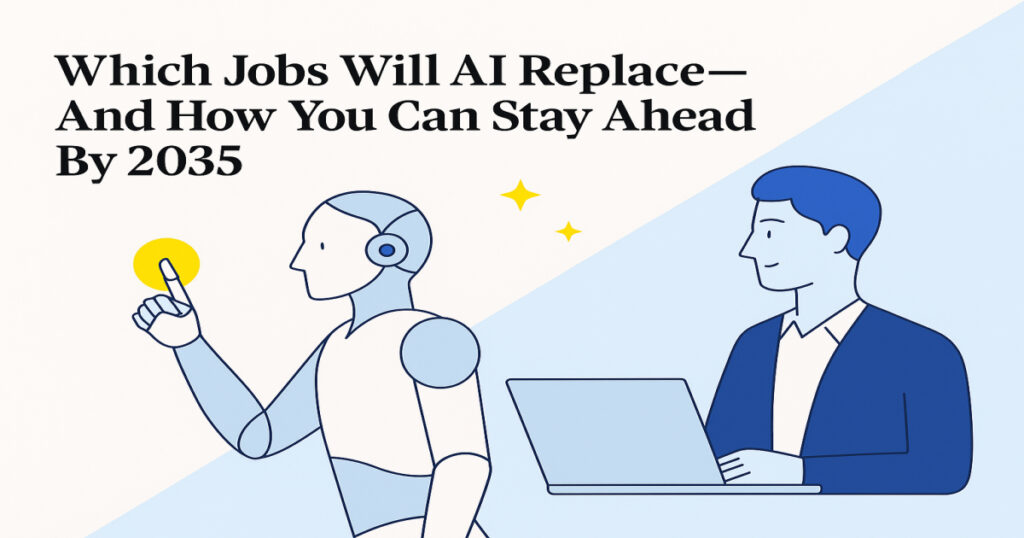
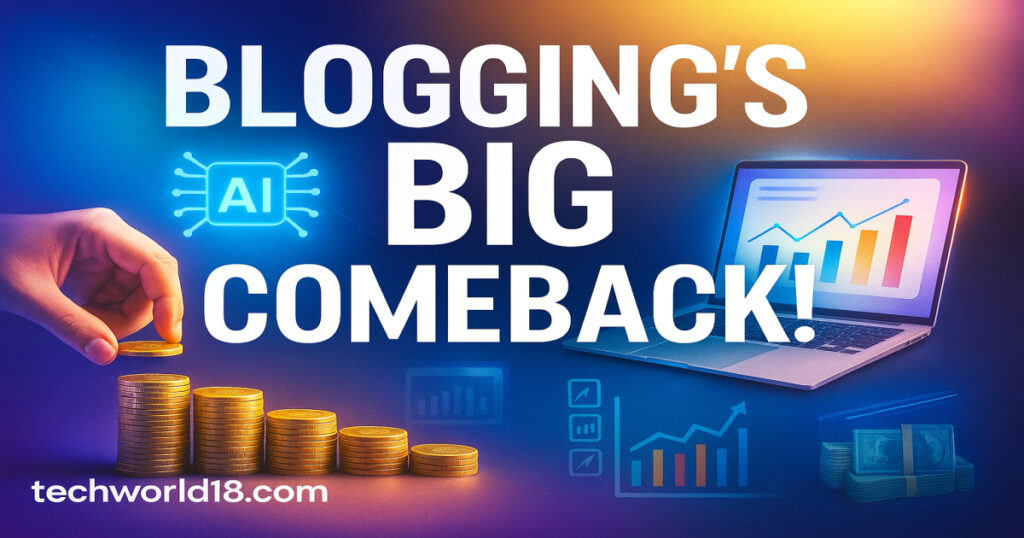
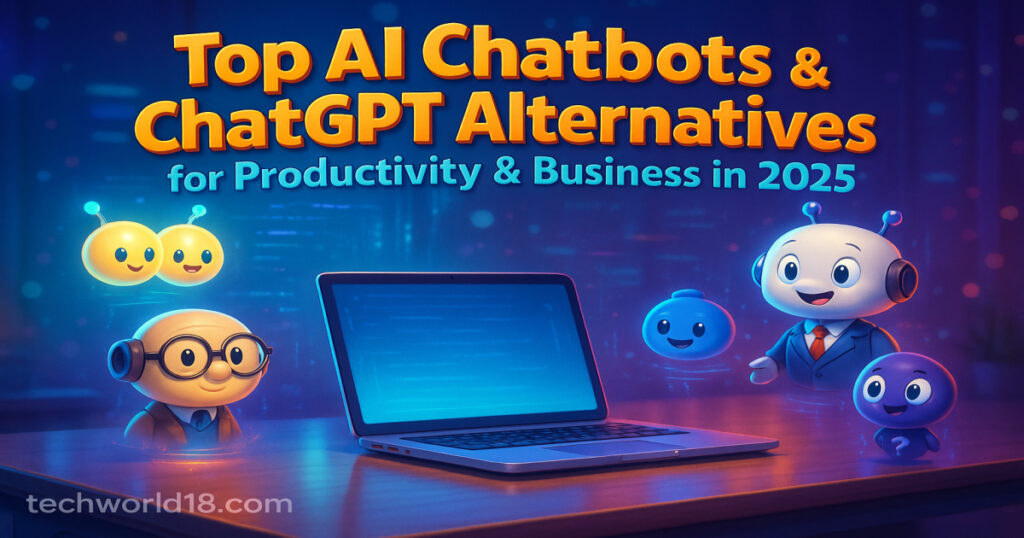
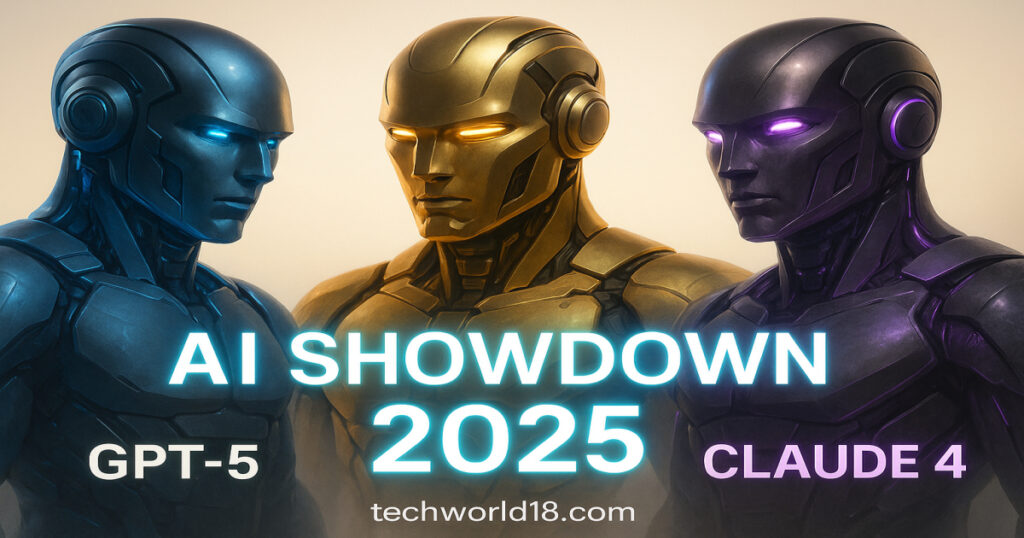

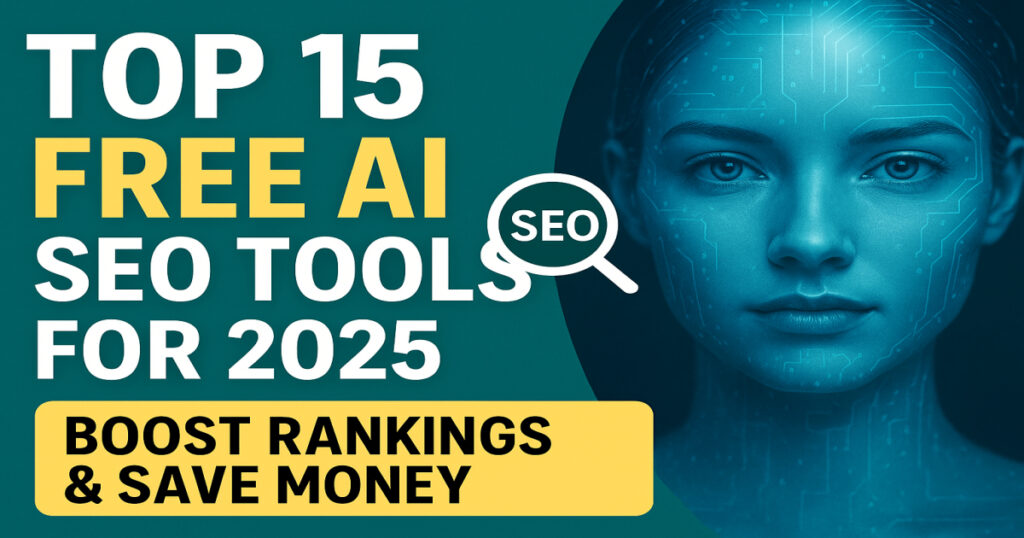
ev5fxl